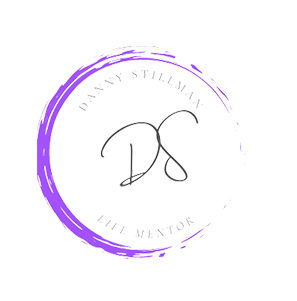Take a second to look at your surroundings. Observe your daily routine and think back to the events that happened earlier today — or even last week. Chances are you’ve encountered countless moments where a decision needed to be made and those decisions likely involved a variety of choices. Mastering the art of decision making is a skill you can learn.
In today’s society, we are taught to value having as many choices as possible. We seem to believe that the more choices we have, the better chance we have of choosing the best choice. In reality, more choices only leads to more pressure, opportunity for regret, disappointment, and anxiety.
We don’t need necessarily need more choices, but rather need to hone our decision-making skills in everyday situations. In order to do this, we must first understand how our conscious and unconscious minds play in role in the decision-making process.
Unconscious Mind vs. Conscious Mind
There are two types of decision making, one that will reflect your “gut feeling” and another that will resemble your logic or reasoning. Most people tend to rely on one type when making decisions, but you should be learning how to utilize both of them in any decision you make.
Your unconscious mind, also known as your intuitive thinking system, doesn’t involve any process or series of events when making a decision. It’s an automatic, effortless, and rapid form of decision-making that gives us an answer or solution in no time at all. Due to the quick nature, many people like to rely on their “gut feeling” to get them through life.
On the other hand, your conscious mind — also known as your rational thinking system — will use logic and reasoning to form a solution or answer to the situation. This will give you more control over your decision-making process, but could lead to more choices and a tougher decision to make.
Subtle Tips For Mastering The Art Of Decision Making
Ideally, you’ll want to take advantage of your conscious mind in the early stages of the decision-making process. Uncover the logic behind the decision your making, what you’re trying to accomplish and what might get in your way. Reveal a short list of best-case scenarios, worst-case scenarios, and most-likely scenarios.
Keep in mind, you’ll want to avoid revealing too many choices and outcomes — this is where the paradox of choice settles in. Don’t succumb to the paradox and let your unconscious mind takeover. Once you uncover a logical list of choices, let your gut do the rest.
Outside of that, making sure you keep your decision-making process within a reasonable timeframe can also help prevent too many choices knocking at your door. We have a tendency to let our imaginations run wild, but being realistic can help you keep your decisions in line.
As a result, you will have a decision that you are not only confident about, but you know there is some logic and reasoning to support it. No matter the outcome, you will be able to look at the positive side of the situation and learn from that decision moving forward. Sometimes we win, sometimes we learn.

